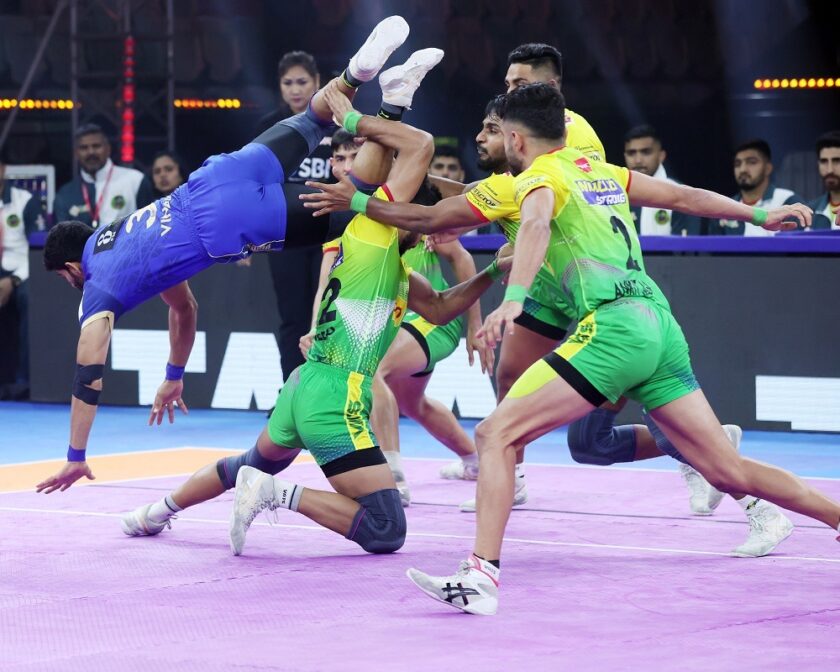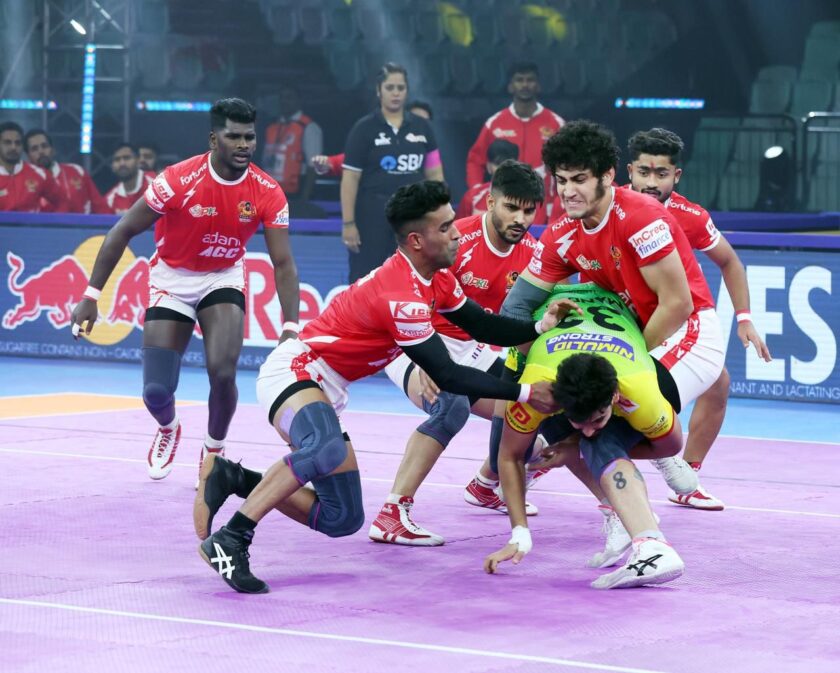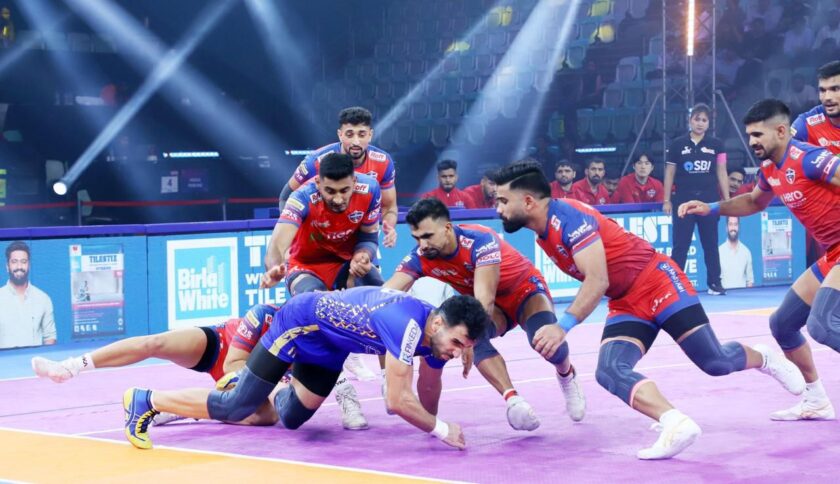Lucknow: In schoolyards and gymnasiums across the United States, a quiet revolution is taking place. Once viewed simply as an outlet for physical energy, sports in school curricula have evolved into a robust, multi-dimensional platform for identifying, nurturing, and launching future athletic stars. This transformation goes far beyond physical fitness. It touches on mental resilience, academic achievement, and character building—foundational elements that mold not just the next Serena Williams or Roger Black, but generations of well-rounded individuals.
Laying the Groundwork: The Role of Comprehensive Sports Curricula
A strong school sports curriculum is not just about competition; it’s about inclusion, fitness, and fundamental development. By combining physical education with organized sports, schools ensure that every child—regardless of athletic ability—gets a chance to move, play, and grow.
According to the Centers for Disease Control and Prevention (CDC), only 42% of elementary school children and a mere 8% of adolescents meet the recommended 60 minutes of physical activity per day. School sports help fill that gap while addressing a critical health crisis—childhood obesity, which currently affects 1 in 3 children in the U.S.
“Sports in school curricula are about developing well-rounded individuals,” says Greg Bach, Vice President of Communications at the National Alliance for Youth Sports. “They teach teamwork, discipline, and resilience—skills that translate to both athletics and life.”
Dr. Baljinder Amanat, a pediatrician at Scripps Health, adds a vital reminder: “One of the most important benefits of youth sports is that they are fun. Kids should never feel pressured to play a sport they don’t enjoy. Let them decide which sports they want to try, be supportive, and stay positive.”
Talent on the Tarmac: Schools as Incubators of Athletic Potential
Schools are often the first to identify raw athletic talent. Their access to broad student populations and diverse sporting activities makes them ideal talent incubators. The Youth Sport Trust in the UK advocates for a “multi-skills” approach in early education—teaching core movement skills like throwing, running, and jumping before pushing early specialization.
This philosophy has borne fruit. Take Roger Black, the Olympic 400-meter runner who didn’t take track seriously until he was 18. Initially a rugby player in school, his speed was identified and nurtured only later. Similarly, Kevin Pietersen, England’s cricket legend, was initially recognized for bowling in South African schools before his batting prowess came to light.
However, raw talent needs polish. According to a 2022 Aspen Institute study, just 20% of youth coaches and 8% of high school coaches in the U.S. have formal training. Investing in coaching education programs like the NFHS Fundamentals of Coaching Course is key to unlocking athletic potential.
At Mater Dei High School in California, which boasts alumni like NFL stars Matt Leinart and Bryce Young, success is tied to elite-level coaching and top-tier facilities. Schools that prioritize such investments are more likely to sustain athletic excellence.
“Coaches in schools are often the first to spot a kid’s potential,” says John O’Sullivan, founder of the Changing the Game Project. “But they need training to nurture that talent without burning kids out.”
Also telling: about 35% of young athletes quit sports by age 15, often due to burnout or poor coaching, according to the American Academy of Pediatrics. A nurturing, student-centered curriculum can curb this exodus.
The Scholar-Athlete Paradigm: Balancing Brains and Brawn
The notion that sports distract from academics is outdated. Numerous studies suggest the opposite. A 2010 Journal of School Health study found that students involved in vigorous physical activity performed 10% better in core academic subjects than their less active peers.
The Women’s Sports Foundation (2018) backs this with compelling data: 73% of female athletes and 59% of male athletes aspire to earn a four-year college degree, compared to 67% and 53% of non-athletes, respectively. Moreover, athletes typically earn better grades.
Schools like St. Thomas Aquinas High School in Florida—alma mater of Michael Irvin and Geno Atkins—are renowned not just for athletic excellence but also for integrating academic support into sports programs.
“Sports taught me discipline and time management, which helped me in the classroom,” says Serena Williams, a 23-time Grand Slam champion who began her journey on the tennis courts of Compton’s public schools.
The Invisible Curriculum: Building Life Skills Through Sports
School sports also serve as the arena for developing grit, leadership, and self-esteem. Whether it’s a team sport like basketball or an individual pursuit like track, the lessons transcend the scoreboard.

According to a 2021 National Institute of Health study, adolescent athletes report higher self-esteem and lower rates of anxiety and depression than non-athletes. Olympic legend Michael Phelps has openly shared how the camaraderie and discipline of his high school swim team in Baltimore helped him cope with mental health struggles and prepared him for Olympic glory.
“I had days where I didn’t want to get in the pool, but my coaches and teammates pushed me to keep going,” Phelps told Sports Illustrated in 2016. “Those lessons carried me to the Olympics.”
Programs like the Positive Coaching Alliance are helping schools enhance this aspect by training coaches to instill a growth mindset. Since 1998, PCA has impacted more than 20 million youth athletes.
“Sports in school gave me a sense of purpose and taught me how to handle setbacks,” adds Simone Biles, Olympic gymnast and mental health advocate.
Barriers to Breakthrough: Inequities and Budget Woes
Yet, all is not well on the playground. Between 2000 and 2014, 25% of U.S. public schools cut physical education or athletic programs due to budget constraints, per the National Center for Education Statistics. This disproportionately impacts low-income communities where sports can be a crucial lifeline.
LeBron James, raised in Akron, Ohio, often credits school sports for giving him structure and direction during a turbulent childhood. But many potential LeBrons may be falling through the cracks due to underfunded programs.
On the gender front, Title IX has sparked dramatic gains in female sports participation—from 294,000 in 1971 to 3.4 million in 2023. Still, disparities in access and resources persist.
“Mia Hamm was able to thrive because her school had the infrastructure to support girls’ soccer,” notes a 2023 NFHS report. “Thousands of girls today still lack that opportunity.”
A 2020 NCAA report shows that schools with well-funded sports programs are 15% more likely to produce college scholarship athletes. This is a tangible outcome of institutional investment.
Paving the Road to Stardom: A Launchpad for the Elite
Not every student will become a professional athlete—but some will. For them, schools can act as the launchpad. IMG Academy in Florida exemplifies this model with its blend of elite coaching and rigorous academics, having produced stars like Maria Sharapova and Andre Agassi.
Public schools can replicate aspects of this model by collaborating with local sports academies or offering specialized camps. The U.S. Olympic Committee’s Community Olympic Development Programs often partner with schools to identify and nurture high-potential athletes.
“My high school coach saw something in me I didn’t see in myself,” says Katie Ledecky, seven-time Olympic gold medalist. “School sports gave me the confidence to chase my dreams.”
The Power of Play
As sports become more integrated into school life, their role transcends physical fitness. They are platforms for discovery, engines for equity, and bridges between potential and achievement. School sports programs, when well-structured and inclusive, help build not just athletes—but leaders, scholars, and citizens.
“Let kids find the joy in sports, and the talent will follow,” says Dr. Baljinder Amanat. It’s a simple yet profound insight. Because the next Serena, LeBron, or Ledecky isn’t just on a court or a field somewhere—they’re sitting in a classroom, waiting for their spark to be lit.
For educators, administrators, and policymakers, the message is clear: invest in school sports not just for trophies, but for transformation.






